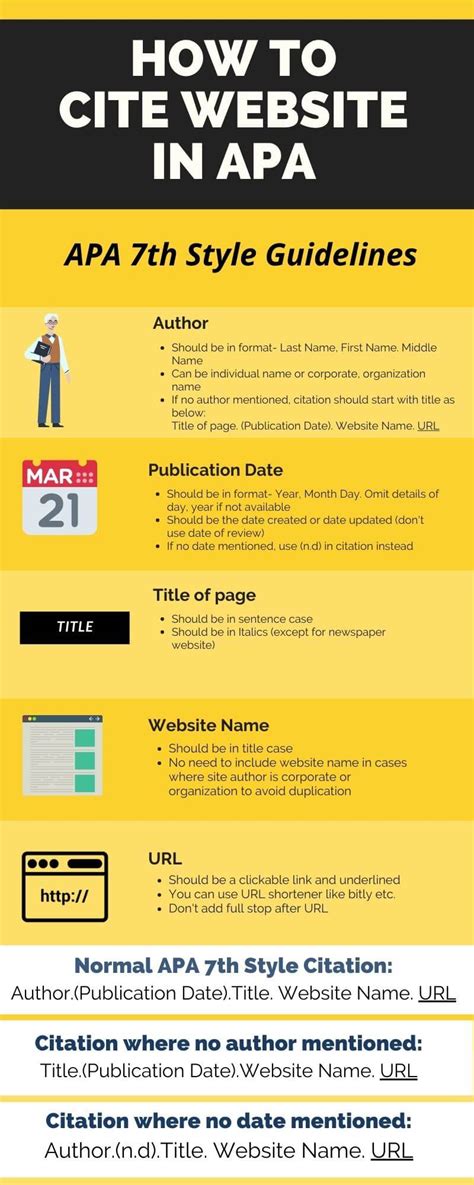How to Style Cite a Website: A Comprehensive Guide
Citing websites correctly is crucial for academic integrity and avoiding plagiarism. This guide provides a comprehensive overview of how to style cite websites using common citation styles like MLA, APA, and Chicago. Understanding these styles will help you create credible and well-researched work.
Understanding Citation Styles
Before diving into the specifics, it's important to grasp the fundamental differences between popular citation styles. Each style has its own formatting rules and requirements. Choosing the correct style depends on the requirements of your assignment or publication.
- MLA (Modern Language Association): Commonly used in humanities disciplines, MLA emphasizes author-page number citations within the text and a Works Cited page at the end.
- APA (American Psychological Association): Frequently used in social sciences and psychology, APA employs author-date citations within the text and a References page at the end.
- Chicago/Turabian: Offers both a notes-bibliography style and an author-date style. It's used across various disciplines and is known for its flexibility.
How to Cite a Website in Different Styles
Here's a breakdown of how to cite a website in each style, followed by examples:
MLA Website Citation
The core components of an MLA website citation include:
- Author: If available, list the author's last name followed by their first name. If no author is listed, use the website title instead.
- Article Title: The title of the specific page or article you're citing. Use quotation marks.
- Website Title: The title of the website, italicized.
- Publisher (or Sponsor): The organization responsible for the website.
- Publication Date: The date the website or specific page was published or last updated. Use the most recent date if available.
- URL: The website address. Enclose the URL in angle brackets.
- Date Accessed: The date you accessed the website. This is crucial for verifying information.
Example:
Smith, John. "The Impact of Social Media." Social Trends Today, published by the Center for Social Research, 15 Oct. 2023, www.socialtrendstoday.com/impact-social-media, accessed 20 Oct. 2023.
APA Website Citation
APA style prioritizes the author and date. The key elements are:
- Author: Last name, first initial.
- Date: Year, Month Day (only include the month and day if available).
- Article Title: In sentence case.
- Website Title: Italicized.
- URL: Enclosed in parentheses.
Example:
Smith, J. (2023, October 15). The impact of social media. Social Trends Today. https://www.socialtrendstoday.com/impact-social-media
Chicago/Turabian Website Citation (Author-Date)
Similar to APA, the author-date style in Chicago/Turabian requires:
- Author: Last name, First name.
- Date: Year, Month Day.
- Article Title: In sentence case.
- Website Title: Italicized.
- URL: Provided in the bibliography.
Example:
(In-text citation): (Smith 2023)
(Bibliography entry):
Smith, John. "The Impact of Social Media." Social Trends Today. Accessed October 20, 2023. https://www.socialtrendstoday.com/impact-social-media
Tips for Accurate Website Citations
- Double-check information: Always verify author names, dates, and titles to ensure accuracy.
- Use a citation manager: Tools like Zotero or Mendeley can simplify the citation process.
- Consult style guides: Refer to the official style guide for the most up-to-date rules and examples.
- Consistency is key: Maintain consistency in formatting throughout your work.
By following these guidelines, you can accurately and effectively style cite websites in your academic writing, strengthening the credibility and impact of your work. Remember to always adapt these examples to the specifics of the website you are citing.
